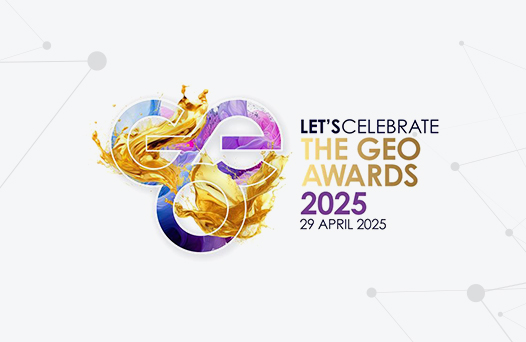So, you have carefully designed an attractive equity compensation plan for your employees. The features and benefits are all readily apparent to you and everything is looking good. But that is only half the battle.
In order for your employees to become participants in your plan, they first need to understand it. An effective communications strategy should aim to make the advantages clear, quickly and memorably, while being sure to place the employee at the heart of everything.
Here are six simple tips to help you achieve that goal.
1: Keep it simple. Keep it short
Your messages should be as short and direct as possible.
Don’t expect employees to engage with huge essays of information. Get to the point early using clear language, and make it easy for them to take any action needed on their part. Your communications should instill understanding and empowerment, not confusion and apathy. A big wall of text can be daunting to look at, let alone try to read and comprehend.
Remember: You can always link to more comprehensive resources so that those who want more detailed information can get it, but avoid bloating messages where you try to cover everything at once.
2: Lead with your best material
Aim to make an immediate impact with your most effective tools.
You cannot completely control how employees engage with your entire communication plan, no matter how thorough and considered it is. Some people may only give a quick glance at a message before deciding whether to read on or not, so present them with your strongest and most engaging material first, while you have their attention.
To that point, short videos are particularly effective in getting and holding attention. Similarly, a well-designed infographic can help make a point more effectively than a paragraph of text and will likely be more memorable overall. Get people thinking with your most impressive resources.
3: Know your people and respect their time
Be aware of how and where your employees will access your communications.
If your employees work remotely, or under hybrid arrangements, digital communications will likely be more effective. If portions of your workforce don’t have easy access to computers or mobile phones, are there communal areas on your premises where print materials, like posters, could be displayed? Access to materials and learning styles can vary greatly and you should acknowledge and cater to that.
Companies usually have a variety of reasons for providing equity compensation, and employees have their own reasons for participating or not. You believe your plan has the potential to benefit your employees, so tell them that. Put the reasons why in terms that make sense to them. Be honest and transparent about why things are happening, and don’t overdo it.
4: Representation is important and effective
Project your employees into your plan with illustrations and examples.
When people start picturing themselves as shareholders, it can have a powerful effect. A communication plan as diverse as your employees is more likely to succeed, so try to cover a broad range of learning styles. Videos will need subtitles. Recordings may need transcripts. Include everyone from the start so they are more likely to join you in the end.
Localization is also important. If your workforce is global then effective translations could be crucial. Accessibility is critical. Respecting the diversity of your workforce is the right thing to do but it also works – that respect gets returned. Building a sense of togetherness is one goal of equity compensation plans, and communications are central in driving this.
5: Respect your multi-generational workforce
Modern businesses increasingly find a wider range of demographics amongst their employees, with people staying in the workforce longer and changing jobs more often.
Your communications should respect that people at different life stages have different needs. Using the right channels and messages to include everyone can be complex but is worth the effort. To reach more people effectively, consider both the message and the medium.
Email may be ineffective with younger audiences who have abandoned it as an active communication tool. Newer social media platforms may not work with audiences who have yet to fully adopt them. These are extreme examples but the makeup of your workforce is certainly something to keep in mind when structuring your communication plan.
6: Track your goals and take lessons
What is measured matters. Be clear on what you want to happen and make sure to document it.
Are you looking to achieve a certain enrollment number? When you understand your workforce as we have discussed above, finding the right strategy for your company becomes easier. But don’t neglect to learn from the past, solid data on how your employees engaged with previous communication campaigns should inform future ones.
How did your employees respond to your brochure? How many clicks did your video get? Did reminder emails work to boost enrollment levels, or were they ignored? Learning why an employee did not join a plan could also be as valuable as learning why they did, so try to follow up as much as you can and put your learnings to use in the future.
Contact us to optimize your communications
Here at Global Shares, a J.P. Morgan company, we have gained a lot of experience in helping companies present their equity compensation plans to their employees. We’ve seen what works – and what doesn’t – and we’re ready to put those lessons to use for your plan.
Contact us today, to see how we could help your company succeed.
This publication contains general information only and J.P. Morgan Workplace Solutions is not, through this article, issuing any advice, be it legal, financial, tax-related, business-related, professional or other. J.P. Morgan Workplace Solutions’ Insights is not a substitute for professional advice and should not be used as such. J.P. Morgan Workplace Solutions does not assume any liability for reliance on the information provided herein.



